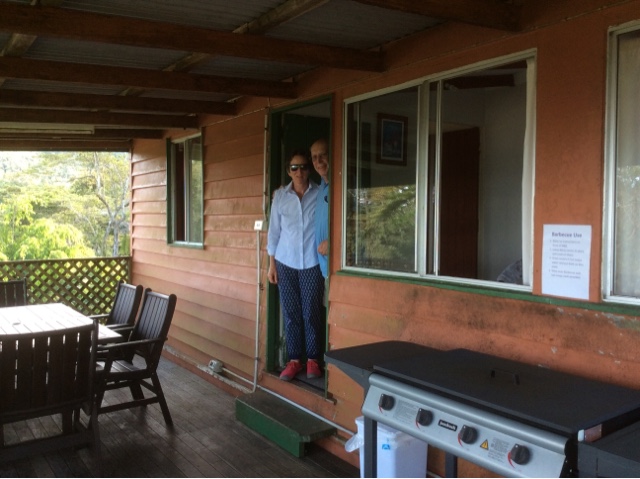We waited in line to be processed and stamped before boarding the 'Spirit of 1770'. Once seated on board the crew provided a passenger briefing that in addition to the usual safety items included how to use the sick bags provided at each seat location. Clearly this was a wise inclusion in the briefing as we had hardly departed the jetty before someone's breakfast had been deposited in a bag.
Yesterdays flight from Mackay to Agnes Waters was a two hour run at 2500 feet in company with Tony and Jan's Twin Comanche. This time of the year at these latitudes can be a fertile environment for thunderstorms and there were several of them to avoid along the way and avoid we certainly did. The inside of those big dark towering clouds is no place for an airplane big or small. Our flight ended with a very smooth touch-down on the gravel surface of the small Agnes Waters private airstrip.
Unfortunately by the time we left Lady Musgrove this afternoon for the return run to Agnes Waters, a line of nasty thunderstorms had positioned themselves in waiting for our boat to penetrate. Rain, wind and choppy seas later we made it back to land...! How did the amazing BAZ co-pilot manage? Completely without incident of course.
BAZ copilot on the boat journey to Lady Musgrove Island
Lady Musgrave Island is a coral cay with a vibrant lagoon. Camping for up to 40 people at a time is permissible but you must bring all requirements including water.
Bird life on the island is specular.











